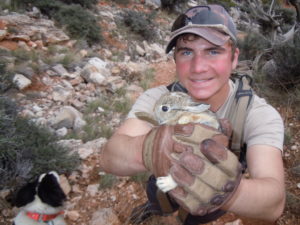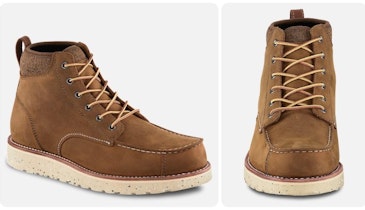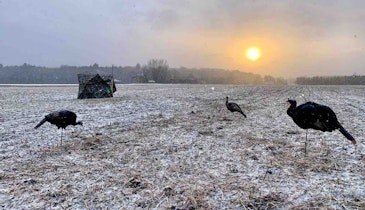Summer coyotes are busy rearing a litter of pups and ensuring their safety. It won’t be long before those rambunctious upstarts tackle the environment on your own. Then it’s time to test your skills against them when fur season returns after the first frost.
How many coyote pups can you expect to encounter? Various studies have been completed on what impacts coyote litter size. As expected, you have a major impact along with various environmental factors.
Some of the findings may surprise you as you contemplate what’s ahead for the coming fur season.
Litters And Prey
One 7-year study completed in the 1980s at the U.S. Department of Agriculture’s Animal and Plant Health Inspection Service in Logan, Utah, revealed what you’ve probably heard. When you remove a bunch of coyotes from a specified area, litter size increases. But as with all research there’s more to this outcome than a simple 1+1=2.

Rabbits are one of the primary forage species for coyotes. Rabbit populations are cyclical, when you're scouting for coyotes in summer be sure to keep small game numbers in mind, too. (Photo: Mark Kayser)
Keep in mind that for two consecutive years the researchers removed approximately 50 percent or more of the coyote population from one study area while doing nothing in a second study area. As the data began trickling in it became obvious that removal of the coyote was just one factor in how quickly the population rebounded. Another incredibly important factor that was revealed is the abundance of prey available to parent coyotes as this excerpt from the study revealed.
“Accounting for both changes in prey abundance and coyote density, litter size was significantly related to total prey abundance/coyote. With increasing prey and reduced coyote density, mean litter size doubled in the removal area compared to pre-removal levels; females in the non-removal area also increased litter size in response to increased rabbit abundance.”
Another ongoing research study in the great Chicago area, the Cook County Urban Coyote Research Project, also came to a similar conclusion. This excerpt from their website suggests a link to litter size and prey abundance.
“Litter sizes often range from four to seven pups, though some litters can be bigger and some smaller. The largest litter found during this study held 11 pups in one den. Coyotes have the ability to adjust their litter sizes based on food abundance and population density. While it is difficult to get reliable estimates of litter sizes in urban areas, best estimates suggest that litter sizes are larger than average, indicating an abundant food supply.”
Research Takeaways
What can you glean from these tidbits of research?
Even if you and other predator hunting aficionados have above-average success on coyotes in a particular area, you should still have a respectable population of coyotes to pursue as long as the prey base remains stable. Even in areas where professional predator control still occurs, including aerial hunting, coyotes have the ability to maintain populations with access to prey.
But if you remove a liberal amount of coyotes from an area that also is experiencing a downward-trending prey population it could lead to lean years. As research hints, female coyotes won’t necessarily increase litter size due to one factor, such as the elimination of coyotes from a particular area.
But the USDA study did show that the coyote population rebound was fast when prey was abundant as it was during the study.
“Removals brought about a drastic reduction in pack size and a corresponding decrease in density. However, both pack size and density rebounded to pre-removal levels within 8 months post-removal. Home range size did not change in response to changes in exploitation. Coyotes in the removal area appeared to maintain their normal (i.e., pre-removal) home ranges after coyotes were removed from neighboring territories. Following removals, the population shifted to a younger age structure (i.e., more yearlings).”
Study results continued with more information.
“Litter size significantly increased in the removal area 2 years after the beginning of exploitation. However, changes in litter size were confounded by changes in the prey base. Litter size was significantly related to rabbit abundance, while rodent abundance was less of a factor influencing reproductive effort.”
As you scout and check coyote densities this summer via howling and through the use of firsthand observations, be sure to monitor the prey density at the same time. Pay particular attention to rabbit densities. Intense hunting pressure has an impact on coyote populations, but how well stocked the grocery aisles are also has influence on what’s ahead for your hunting.
Featured image: Mark Kayser






